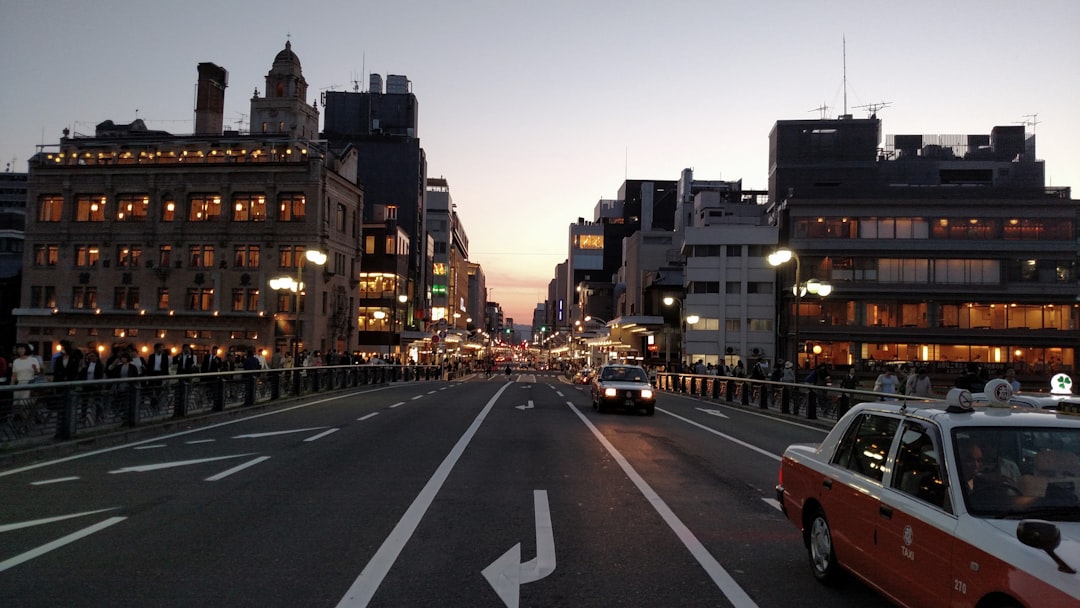In the middle of concrete jungles, where empty lots, abandoned planters, and neglected patches of land sit forgotten, a quiet revolution is taking root—guerrilla gardening. This grassroots movement is all about reclaiming urban spaces, turning neglected land into lush, green sanctuaries that benefit the environment and the community.
From planting wildflowers in vacant lots to secretly maintaining sidewalk gardens, guerrilla gardening is both a form of activism and a way to beautify cities. Let’s dive into what it is, why it matters, and how you can get started.
What Is Guerrilla Gardening? 🌿🎭
Guerrilla gardening is the unauthorized planting of greenery in public or neglected spaces. It’s a way for individuals and communities to take direct action in improving their urban environments.
This can mean:
✅ Planting flowers in abandoned planters or neglected street corners.
✅ Turning vacant lots into vegetable gardens.
✅ Sowing wildflowers to attract pollinators.
✅ Maintaining trees and plants that the city has ignored.
Guerrilla gardening often happens without permission, making it a form of civil disobedience for the greater good. It’s about taking responsibility for our shared spaces rather than waiting for government action.
Why Guerrilla Gardening Matters 🌎💚
Guerrilla gardening is more than just planting flowers—it creates real, positive change in urban areas:
🌱 1. Reclaims Neglected Land
Cities are full of unused, barren spaces. Guerrilla gardening revitalizes empty lots, cracks in sidewalks, and forgotten spaces, making them vibrant and productive.
🐝 2. Supports Biodiversity
Urban landscapes often lack greenery and pollinator-friendly plants. By planting wildflowers, herbs, and native species, guerrilla gardeners support bees, butterflies, and birds.
🍎 3. Increases Access to Fresh Food
Some guerrilla gardeners focus on growing edible plants in food deserts—areas with limited access to fresh produce. Imagine turning an empty lot into a community vegetable garden!
🌿 4. Improves Mental & Physical Health
Gardening is therapeutic—it reduces stress, improves mental well-being, and provides an opportunity for outdoor exercise.
🌳 5. Helps Combat Climate Change
More plants mean:
✔️ Improved air quality
✔️ Less urban heat
✔️ Better stormwater absorption
Even small patches of greenery cool cities and absorb CO₂.
🌻 6. Inspires Community Engagement
Guerrilla gardening brings people together, fostering a sense of pride and ownership in shared spaces. It sparks conversations and encourages city dwellers to connect with nature.
How to Start Guerrilla Gardening ✊🌾
You don’t need to be an expert gardener to start. Here’s how you can safely and effectively transform your urban landscape:
1. Choose Your Target Space
Look for neglected areas in your city, such as:
✔️ Empty lots
✔️ Abandoned flower beds
✔️ Sidewalk cracks or traffic medians
✔️ Tree pits (the soil around street trees)
⚠️ Tip: Avoid spaces where plants might be removed due to city maintenance.
2. Select the Right Plants
For low-maintenance guerrilla gardening, choose hardy, drought-resistant, and native plants.
🌸 For Beautification: Wildflowers, marigolds, lavender, sunflowers.
🍓 For Food Security: Tomatoes, peppers, herbs, berries.
🌿 For Pollinators: Milkweed, echinacea, daisies, clover.
🌳 For Tree Pit Planting: Daffodils, hostas, ivy.
⚠️ Avoid invasive species—they can harm local ecosystems.
3. Gather Your Supplies
Basic guerrilla gardening tools include:
🛠 Trowel (for planting in compact soil)
🌱 Seed bombs (for easy scattering)
💦 Watering can (if possible)
🧤 Gloves (for handling rough urban soil)
Guerrilla Gardening Tactics & Techniques 🥷🌿
🎯 Seed Bombing
One of the easiest ways to start is by making seed bombs—balls of soil, clay, and seeds that you can toss into neglected spaces.
How to make a seed bomb:
1️⃣ Mix one part seeds, five parts clay, and three parts compost or soil.
2️⃣ Add water until the mixture sticks together.
3️⃣ Form small balls and let them dry.
4️⃣ Toss them in empty lots, roadside medians, or abandoned flower beds.
🌳 Tree Pit Gardening
The bare soil around street trees is often neglected. Plant drought-resistant flowers or ground cover to improve soil health and add beauty.
🌻 Adopt a Public Planter
If your city has empty flower beds, plant flowers or herbs discreetly—or work with local businesses to take over maintenance.
🍅 Edible Guerrilla Gardens
For a bigger impact, try planting edible crops in abandoned lots. If possible, partner with neighbors to maintain and harvest them.
Staying Smart & Respectful ⚖️💡
Since guerrilla gardening operates in legal gray areas, here are some tips to stay safe and sustainable:
✅ Start small & discreet – Plant at night or early morning to avoid interference.
✅ Use native & non-invasive plants – Keep the ecosystem balanced.
✅ Respect private property – Stick to abandoned or publicly neglected spaces.
✅ Avoid plants that need frequent watering – They may not survive without care.
✅ Engage the community – The more support you have, the better the garden’s chances.
✅ Leave no mess – Clean up after planting and avoid blocking pathways.
Success Stories: Guerrilla Gardens in Action 🌍🌿
🌼 London, UK – Guerrilla gardeners have transformed traffic islands and abandoned tree pits into colorful flower gardens.
🌾 Los Angeles, USA – Activists have planted vegetables in food deserts, giving fresh produce to underserved communities.
🌻 Berlin, Germany – Groups have reclaimed vacant lots and roadside medians, turning them into wildflower habitats for pollinators.
💐 New York City, USA – The “Green Guerrillas” have been planting in NYC’s abandoned spaces since the 1970s, creating permanent urban gardens.
Final Thoughts: Green the City, One Plant at a Time 🌱✊
Guerrilla gardening is about taking initiative and making a difference in your city—one neglected space at a time. Whether you’re tossing seed bombs, planting herbs in empty planters, or transforming entire lots, you’re contributing to a greener, healthier urban environment.
🌻 Have you tried guerrilla gardening? Share your experiences, tips, or favorite urban gardening stories in the comments below! 💬👇

Comments
No comments yet. Be the first to comment!
You must be logged in to comment. Login